Posted on 12/21/2024
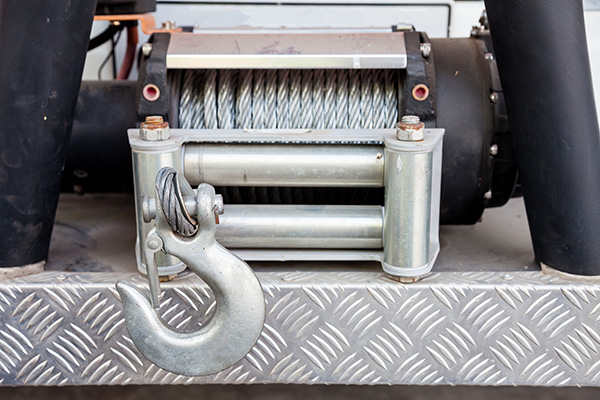
Pickup trucks are built to handle heavy loads, rough terrain, and everything in between. But no matter how robust your truck is, there’s always room for improvement. Whether you use your pickup for work, play, or daily commutes, upgrading specific features can make a world of difference in performance, convenience, and overall utility. Let’s explore six must-have upgrades every pickup truck owner should consider to get the most out of their vehicle. 1. All-Terrain Tires The tires on your truck are more than just rubber meeting the road—they’re the foundation of your vehicle’s performance. All-terrain tires offer enhanced traction and durability, making them perfect for off-road adventures or challenging weather conditions. These tires provide better grip on loose gravel, mud, and wet roads while still maintaining a smooth ride on pavement. If you frequently navigate rugged terrain or deal with unpredictable weather in Denton, TX, all-te ... read more
Posted on 11/29/2024
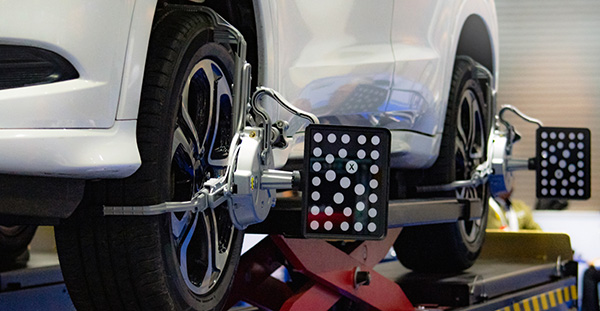
Ever notice your car pulling to one side, or do your tires seem to be wearing unevenly? These are classic signs that your wheel alignment might be off. Wheel alignment is vital in how your vehicle performs and how long your tires last. We'll explain what wheel alignment is, why it matters, and how it can save you from bigger issues in the future. What is Wheel Alignment Wheel alignment refers to adjusting the angles of your car’s wheels to ensure they meet the manufacturer’s specifications. It’s all about creating harmony between the wheels, suspension, and steering so your car drives straight and handles properly. The three key measurements involved in alignment are camber, caster, and toe: Camber is the angle of the wheels when viewed from the front. If the tops of the wheels tilt inward or outward too much, it can lead to uneven tire wear. Caster refers to the steering axis angle, which affects stability and steering performance. Toe is t ... read more
Posted on 10/31/2024
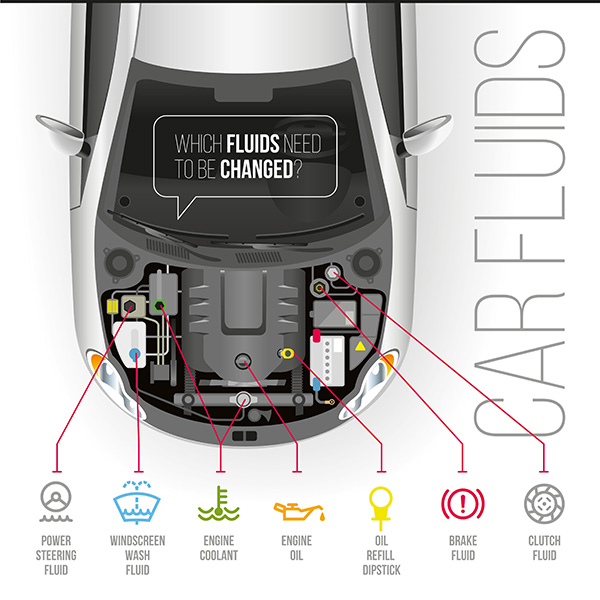
Owning a car is about more than just getting behind the wheel and hitting the road. To keep your vehicle running efficiently and extend its lifespan, routine maintenance is necessary—and that includes keeping an eye on your car’s fluids. These fluids ensure everything operates as it should. Neglecting them can lead to costly breakdowns. So, what are the most important car fluids you should be checking on a regular basis? 1. Engine Oil When it comes to essential car fluids, engine oil is at the top of the list. Your engine’s moving parts generate heat and friction, and engine oil is responsible for lubricating those parts to prevent them from wearing out too quickly. It also helps to keep the engine cool by reducing friction. Regularly checking and changing your engine oil is one of the simplest yet most important maintenance tasks you can do for your car. Old ... read more
Posted on 9/27/2024

Car theft is an unfortunate reality that many drivers have to face. Whether you drive a brand-new car or an older vehicle, thieves are always on the lookout for their next target. But here’s the good news—there are plenty of ways to protect your car and make it much harder for thieves to steal. So, how do you go about securing your vehicle from theft? Be Mindful of Where You Park One of the simplest yet most effective ways to prevent car theft is by being selective about where you park. Always aim to park in well-lit areas, especially at night. Parking lots that security cameras or attendants monitor are also ideal, as they add an extra layer of deterrence against potential thieves. If you park on the street, try to find spots near high-traffic areas with a constant flow of people—thieves are less likely to target a vehicle in a busy place. For added security, consider parking your car in a garage whenever possible. If a garage isn’t availabl ... read more
Posted on 8/30/2024
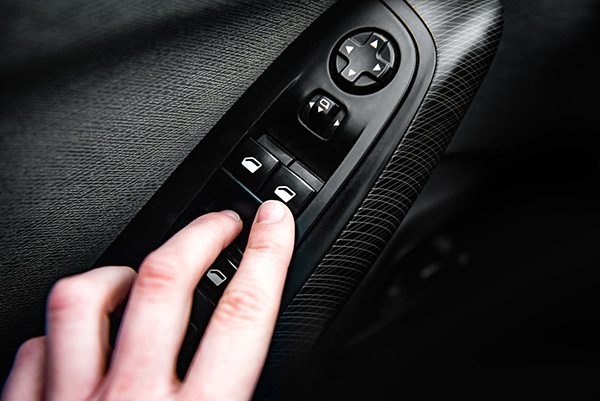
Power windows are one of those car features that you might take for granted—until they stop working. When they do, it can be a real hassle. Whether you’re stuck with a window that won’t roll down on a hot day or one that won’t stay up when it’s raining, malfunctioning power windows can disrupt your driving experience. But what causes power windows to fail in the first place? Let’s explore the five most common reasons your car’s power windows are not working as they should. 1. Electrical Issues One of the most frequent reasons for power window failure lies in the car’s electrical system. Since power windows operate through a complex network of wires, fuses, and switches, any disruption in this system can render the windows non-functional. Blown Fuses A fuse’s job is to protect the car’s electrical components from damage due to an overload. If a fuse connected to the power windows blows, the ... read more
Posted on 7/26/2024

Pickup trucks are an iconic part of the American automotive landscape. From bustling urban centers to the vast countryside, these versatile vehicles dominate the roads. But what exactly drives the popularity of pickup trucks in the USA? Let's explore the factors that make these vehicles so beloved by Americans. A Symbol of Versatility and Strength Pickup trucks are the epitome of versatility. Need to move furniture, haul equipment, or tow a trailer? A pickup truck can handle it all. This ability to multitask makes pickups incredibly appealing. Whether you're a contractor needing to transport tools and materials or a family planning a camping trip, a pickup truck can accommodate a wide range of needs. The strength and durability of these vehicles make them a reliable choice for various tasks, earning them a top spot in American hearts. Adventure-Ready V ... read more
Posted on 6/27/2024
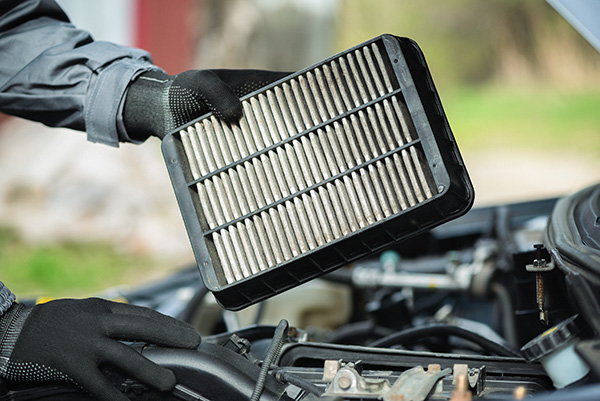
Your car's intake air filter plays a crucial role in keeping the engine running. It filters out dirt, dust, and debris before they can enter the engine. But what happens when this filter gets dirty? How can you tell it's time for a change? We'll explore the telltale signs of a dirty intake air filter and why it's essential to keep it clean for optimal vehicle performance. The Importance of a Clean Air Filter Ever wonder why your car isn't performing as well as it used to? The problem might be lurking right under the hood. A dirty intake air filter can lead to many issues, affecting everything from fuel efficiency to overall engine health. Keeping your air filter clean is vital, not just for the longevity of your car, but also for ensuring a smooth and efficient ride. So, what should you look out for to know if your air filter needs attent ... read more
Posted on 5/23/2024

Are you dreading that upcoming long car ride with the kids? Keeping them entertained for hours can be daunting, but with the right preparation and a few creative ideas, you can turn your road trip into a fun and memorable adventure for the whole family. Read on for some tried-and-true strategies to keep your little ones engaged and happy during those extended car journeys. 1. Plan Ahead with Engaging Activities Before hitting the road, take some time to plan a variety of activities that cater to your children's interests and age levels. Consider packing a mix of books, coloring materials, puzzles, and small toys. Audiobooks are also a great way to keep kids entertained, especially if they are engaging stories that the whole family can enjoy. Consider creating a road trip activity binder for younger children with printable games, coloring pages, and puzzles. This not only keeps them busy but also adds an element of excitement as they flip through their personalized activity book ... read more
Posted on 4/29/2024
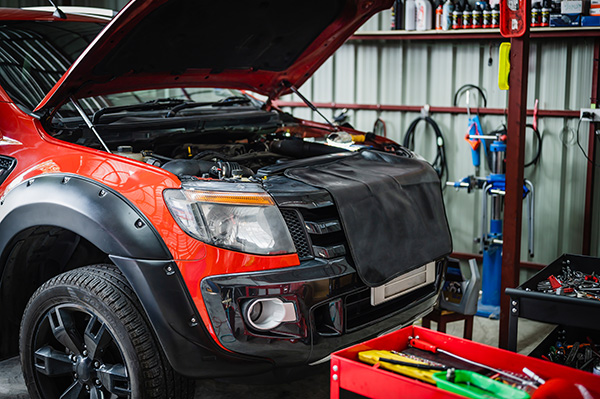
Pickup trucks are versatile vehicles known for their durability and ruggedness. Whether you use your truck for work or recreation, proper care and maintenance are necessary to ensure it performs at its best for years to come. We have prepared nine practical tips to help you keep your pickup truck in top condition, saving you time, money, and headaches. 1. Regular Cleaning and Washing Keeping your pickup truck clean isn't just about aesthetics; it's also about preserving its paint and bodywork. Regularly washing your truck removes dirt, grime, sand, and road salt that can cause corrosion and rust over time. Cleaning the interior helps maintain a comfortable and inviting cabin environment. 2. Inspect and Maintain Tires Your truck's tires are in contact with the road, making them important for safety and performance. Check tire pressure regularly and en ... read more
Posted on 3/21/2024
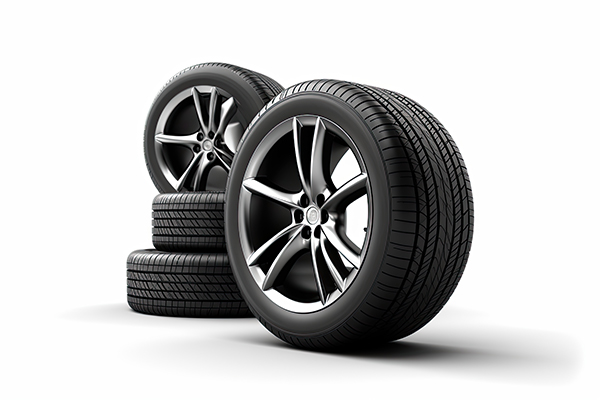
Maintaining the correct tire pressure is crucial for both vehicle performance and safety. Proper tire pressure ensures optimal handling, improves fuel efficiency, and extends tire life. However, many drivers may not be aware of the recommended tire pressure for their vehicles or how to check and adjust it. Tire pressure refers to the amount of air inside a tire, measured in pounds per square inch (PSI). Every vehicle has a specific recommended tire pressure, which can usually be found in the owner's manual or on a sticker located on the driver's side door jamb or inside the fuel door. It's essential to adhere to these recommendations to ensure optimal vehicle performance, safety, and tire longevity. Problems with Incorrect Tire Pressure Driving with underinflated or overinflated tires can have adverse effects on your vehicle's performance and ... read more